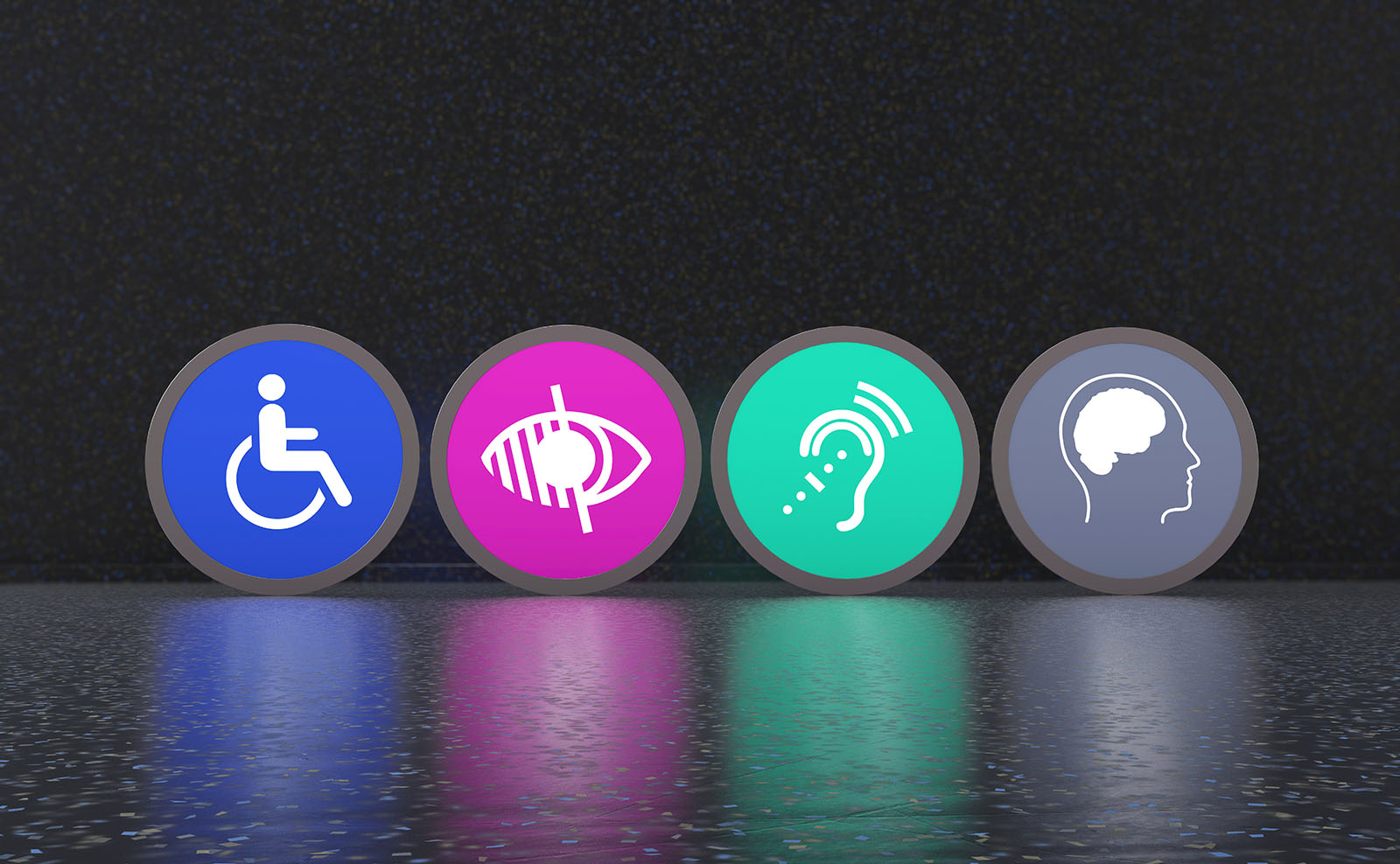
The reason for training is to change employee behavior in the workplace and only true learning results in behavior change. However, learning is not an event but a process, and changing behavior requires more than surface learning objectives and one-time-event training. Take a look at the strategies that can help you change employee behavior in the workplace.
Understanding Employee Behavior in the Workplace
Understanding employee behavior is imperative to improve organizational culture and business performance. Positive behaviors, such as accountability, collaboration, adaptability skills, and a growth mindset have a way of driving employee engagement, propelling productivity, and effectively contributing to the employer brand. Negative behaviors, such as disengagement, absenteeism, poor communication, cause dysfunction among team members, lowering the morale and production for the rest of the entire employee group. Therefore, the importance of recognizing and addressing these issues appropriately will ensure that all individuals work together toward a positive and productive work environment.
Organizations can identify the extent to which employees embody desired values and norms by basing hiring decisions on indicators of cultural fit and tracking metrics like job performance, organizational citizenship behaviors, absenteeism, and turnover. This information permits organizations to place their employees in roles that capitalize on their strengths as individuals while encouraging practices consistent with a culture of learning, inclusion, compliance, and environmental sustainability.
Why Is Employee Behavior Change Difficult?
It is well-nigh impossible to change employee behavior because it involves replacing a pattern of behavior and going out of one’s comfort zone. Our brains are pattern-seeking machines, and it’s easier for our brain to continue with what it is used to than trying something new. When it comes to changing behavior, for example at the workplace, people experience cognitive and affective responses because the self-regulatory part of the brain has to work against automatic processes, which require effort, attention, and effort. This makes it harder to stick to new behaviors, even when they are in the individual’s or the organization’s best interest.
Managers frequently fail to implement long-term behavior change in their team because standard techniques such as feedback and training do not address the underlying psychological and contextual elements that drive behavior. According to studies, only half of behavioral change initiatives are successful, with many managers underestimating the role of the work environment and failing to use more effective, targeted strategies. This highlights the complexity of fostering lasting change and the need for more nuanced approaches in talent management.
What Are the Factors that Affect Employee Behavior Change?
A number of variables affect the behavior of employees in the workplace including organizational characteristics to personal traits.
Organizational Factors:
- Leadership: Managers and leaders significantly determine behavioral outcomes from employees. While, for example, an encouraging manager makes employees respond positively, a formal or an unfriendly boss demotivates employees.
- Work Culture: A healthy work culture as characterized by the tussle between the positive and negative forces leads to high employee performance. Thus, clarity within carrying out the organization’s work and policies, mutual respect, and fair wages as well as employment protection significantly facilitate employee satisfaction and conduct.
- Physical Environment: Organizational environment such as lighting, level of noise, interferences, cleanliness, and other factors that influence the environment in the workplace affect the mood and productivity of the employees on workplace.
- Job Responsibilities: Employees who believe their jobs match their skills and interests are more likely to stay motivated and perform well.
Individual Factors:
- Personality: An employee’s attitude toward their work and interactions with others are influenced by their personality qualities, such as agreeableness, dominance, or persistence.
- Perception and Values: A person’s behavior at work is greatly influenced by their personal values and how they view their position. Strong moral principles and an optimistic attitude tend to make employees more committed.
- Experience and Seniority: More experienced employees often demonstrate better job performance and leadership, while seniority can also influence attitudes and expectations within teams.
Job-related Factors:
- Salary and Benefits: Competitive compensation packages motivate employees, while perceived inequities in pay can lead to dissatisfaction and disengagement.
- Work-life Balance: Employees who are dealing with personal stress or imbalance may engage in stress-related behaviors at work. In order to preserve a favorable workplace culture, firms must promote a healthy work-life balance.
Role of L&D in Driving Employee Behavior Change in the Workplace
L&D is critical to achieving long-term employee behavior change, which is required for corporate growth. L&D uses structured, goal-oriented training to assist employees not only learn new skills but also internalize habits that are consistent with business values. Leadership programs, for example, can increase communication and decision-making abilities, whereas coaching promotes improved interpersonal skills.
Behavior change takes more than one training session; it necessitates constant practice and reinforcement. Neuroscience demonstrates that habits become automatic through repetition, therefore L&D must provide continual, bite-sized learning and regular feedback. By fostering a supportive learning environment, L&D ensures that new behaviors stay, allowing both people and the organization to prosper.
How Can L&D Teams Identify the Right Approaches to Drive Change in Employee Behavior in the Workplace?
Employee behavior in the workplace is what drives the success or failure of any business. Company culture is made up of the small everyday actions of employees. Culture eats strategy every time and modifying employee behavior is key to creating a healthy corporate culture.
Without changing employee behavior in the workplace, training efforts are done in vain. It results in wasted time – either spent in eLearning modules or face-to-face and virtual classrooms. It’s a waste of time for those who consume as well as those who design, develop, and deliver the training.
Instead, L&D teams should look beyond just delivering training and seek to modify employee behavior in the workplace.
- One way to begin this process is to identify behaviors that drive key business metrics and results. Training solutions that seek to change employee behavior in the workplace should be based on learning outcomes founded on those desired behaviors.
- L&D teams can work with key stakeholders and subject matter experts to compare desired behaviors with current behaviors and identify the performance gap. Once the correct behaviors have been identified, training solutions that seek to modify them can be developed.
- Next, L&D professions, working as performance consultants, can collaborate with stakeholders to identify the most effective actions to modify employee behavior. It might be as simple as a hard-copy job aid in each employee’s inbox or as complex as blended programs that include messages from the executive team, live classes, and workshops, followed by microlearning nudges and reminders of the desired behavior change.
As we know, high-performing employees consistently demonstrate behavior that drives key business metrics, tactics, and strategy. Using learning strategies that modify employee behavior in the workplace can mold high-potential employees into high-performing employees. Creating an environment that drives healthy behavior lifts the performance of not just high potentials but the behaviors of everyone. In fact, low-performing employees can be socially encouraged to modify their behavior as well.
What Are the Key Measures That Can Enable Behavior Change in Employees?
In any endeavor to change and improve employee behavior in the workplace, starting with the “why” is vital. When employees understand why their behavior should change, they’re more willing to learn and practice new procedures, practices, as well as explore new innovative ways to accomplish corporate goals.
Here are 5 measures that will help you successfully bring in change in employee behavior.
- Experiential learning, where employees are immersed in simulations, role-plays, and case studies, create an atmosphere that is highly conducive to behavior change. It gives employees a safe place to practice new behaviors, identifying where they need additional practice, receive healthy feedback, and practice again.
- Feedback is vital to any effort to modify employee behavior in the workplace. Without feedback, employees don’t know when their behavior is incorrect. Managers, supervisors, change managers, training teams, and coaches play a vital role in the feedback loop.
- After receiving feedback, employees should have the opportunity to follow-up, ask questions, and try again. Employees that can iterate are more likely to achieve desired behavior changes.
- While active coaching and feedback is useful, small nudges throughout the flow of work can also be effective.
-
- Strategically placed microlearning opportunities can serve as reminders for employees, helping to modify their behavior.
- Short videos and infographics shared through email or a corporate social learning platform will refresh learned behaviors from more formal training opportunities.
- Modeling by executive sponsors and champions also serve as an effective method of changing employee behavior in the workplace. Blended with microlearning events, follow-on messages from leaders will remind employees of expected behaviors and can help modify existing norms, socially rewarding appropriate actions, and prohibiting undesired behaviors.
All these actions lead to new behavior that rewires the human brain, creating new neural pathways, which lead to healthier habits. Once the behavior becomes a habit, it gets engrained in day-to-day actions and employee behavior in the workplace.
What Learning Strategies Can You Adopt to Drive Behavior Change?
There are several strategies that lead to modifying employee behavior in the workplace, including the following:
- Learning and performance Ecosystem: Within this ecosystem, microlearning, formal training, nudges, practice, feedback, and experiential learning are natural and expected.
- Microlearning/Mobile Apps: Within the learning and performance ecosystem, microlearning and mobile apps create a social learning space. This serves as positive reinforcement for correct behaviors.
- Mobile Learning: Mobile learning, especially for employees in younger generations, is natural and an effective way to continue learning experiences, enhancing behavior change. Mobile apps, in particular, can strategically nudge and remind employees of desired behaviors and can be used for gamified learning opportunities as well.
- Blended Learning: In a healthy learning ecosystem, blended learning solutions that incorporate coaching and mentoring sessions serve as an additional nudge to change behavior.
- Cohort Learning: Cohort learning, or experiencing learning in small groups, creates additional accountability for employees as they seek to improve behavior. Learners within cohorts can serve as peer-coaches, following-up with each other, providing support, and giving feedback.
- Immersive Learning: Using VR, AR, and simulations, immersive learning creates realistic, interactive environments that boost skill development and behavior change. It helps employees apply knowledge in practical situations, enhancing retention and performance.
- AI-powered roleplays: AI roleplay learning allow employees to experience simulated real-time events with virtual characters while simultaneously getting instant feedback on their performance for better problem solving, communication, and decision making in a secure, adaptive environment.
- Simulation Training: Simulation training totally immerses learners in realistic, hands-on environments that resemble real-world conditions as much as possible. It enables employees to practice safety skills and make informed decisions while they learn by making mistakes safely. Preferred behaviors are rewarded, and performance improves in a safe environment.
- Virtual Reality (VR) Training: You create highly interactive simulations with virtual reality for on-the-job practice under realistic, controlled conditions which foster greater skill development and retention by simulating actual, real-world scenarios.
- Scenario-Based Learning: This method makes learners infer solutions for certain problems when provided with realistic scenarios that have a context. In this way, knowledge and skills of the employees could be applied in lifelike situations. In this activity, employees are encouraged to think critically and to make decisions since it simulates those situations that employees may encounter at work.
- Story-Based Learning: This style of learning utilizes stories as tools for information delivery. This makes learning much more engaging and memorable. Lessons can be placed in story contexts in order to help employees relate them better to real-life situations, understand ideas, remember information better, and apply them on the job.
- Interactive Videos: These interactive videos seize the learner’s mind through inciting response or interaction on the video itself, for example, through clicking and dragging, thus setting the path to learn for the individual. Engagement is increased along with knowledge retention besides enforcing the crux points being made.
While modifying employee behavior in the workplace should be the goal of any training solution, the strategies and practice articulated above will help accelerate that change. Without behavior change, training is a waste of time. It should be the only goal of corporate training, turning learning events into an extended experience.



